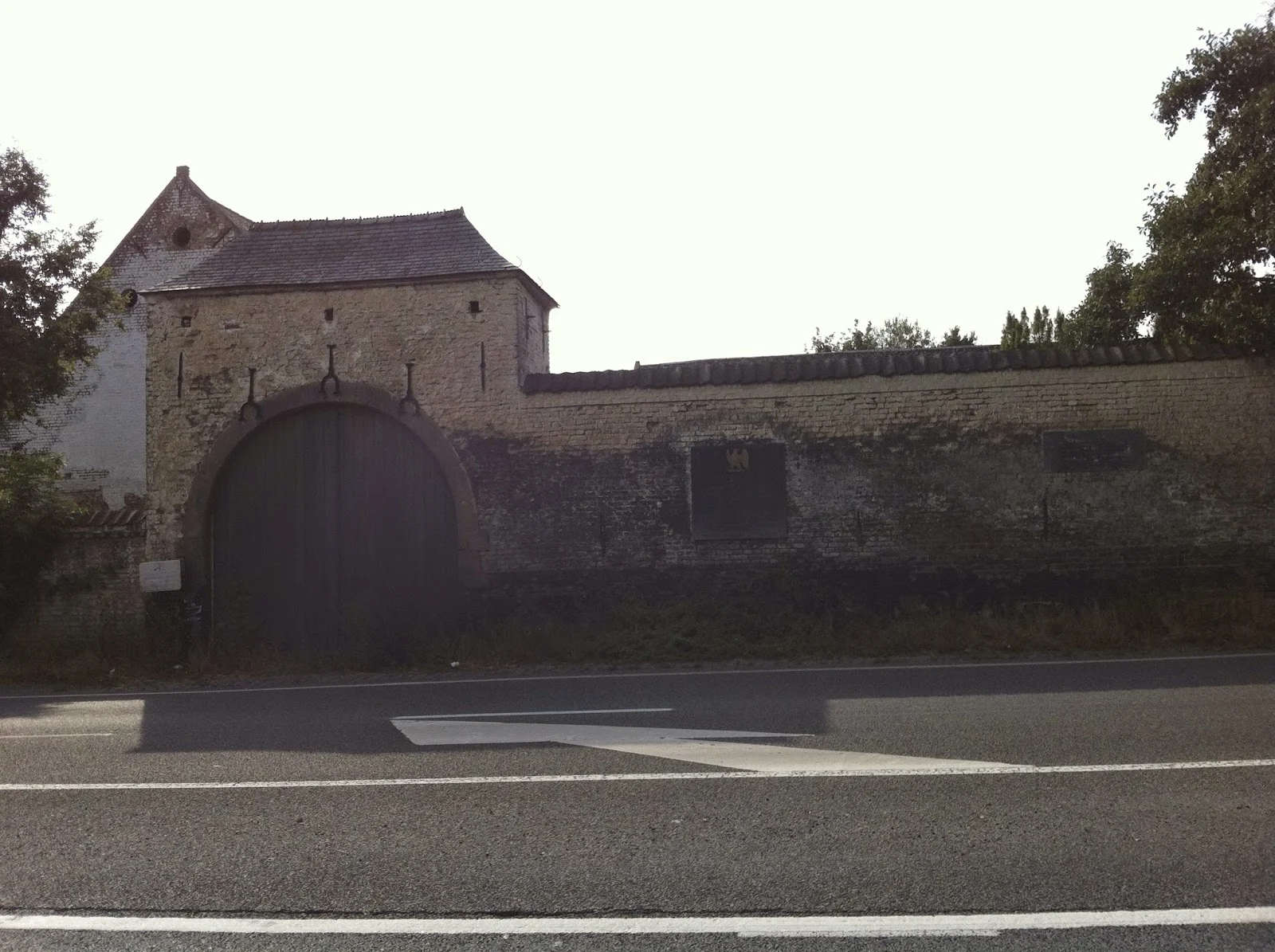Visiting the Home of the Fugger Bankers in Augsburg (Germany) with Savvy Mom Ruth Paget
Once tourists discover the Bavarian city of Augsburg outside Munich they often come back to visit again as my husband Laurent and I have done on several occasions. Augsburg’s architecture is Renaissance with an imposing town hall (Rathaus) and Perlachturm bell tower.
Augsburg was
the financial center of Europe at the end of the fifteenth century when the
Fugger family in the person of Jakob Fugger the Rich (1459 – 1529) was banker
to Carlos V (1500 – 1558) of the Hapsburg Empire. The Fuggers first became wealthy in the
woolens industry and then set up banks to finance their businesses.
These banks
gradually extended their businesses to lending operations outside the family. The
Fuggers were much like the Florentine de Medici family, who started in woolens
and ended up as the bankers of Europe as well.
The Fuggers
also set up the Fuggerei, which is a low income housing complex for
Catholics. In return for living
quarters, the Catholics in the home pray for the Fuggerei’s founders to this
day as part of their lodging agreement according to the Guide Michelin.
The speed of
life in Augsburg is fast. Even on
weekends during summer, pedestrians rush to outdoor cafes in throngs on the
streets. Germans like to congregate
outside, talk, and laugh it seems. After
cold, wet, and dark winters, this love of the sun is understandable.
Children
appear to be happy in Augsburg. The town
boasts a puppetry museum and puppet theatre.
One day when we visited, a concert was taking place in the town hall. At the end, we saw one of the young musicians
rush out with a cello attached to her back.
She ran smiling to her parents full of creative adrenalin no doubt. That is the image I will forever hold of
Augsburg in my mind.
By Ruth Paget - Author of Eating Soup with Chopsticks and Marrying France
Click here for: Ruth Paget's Amazon Books
Click here for: Ruth Paget's Amazon Books
 |
| Ruth Paget Selfie |




















